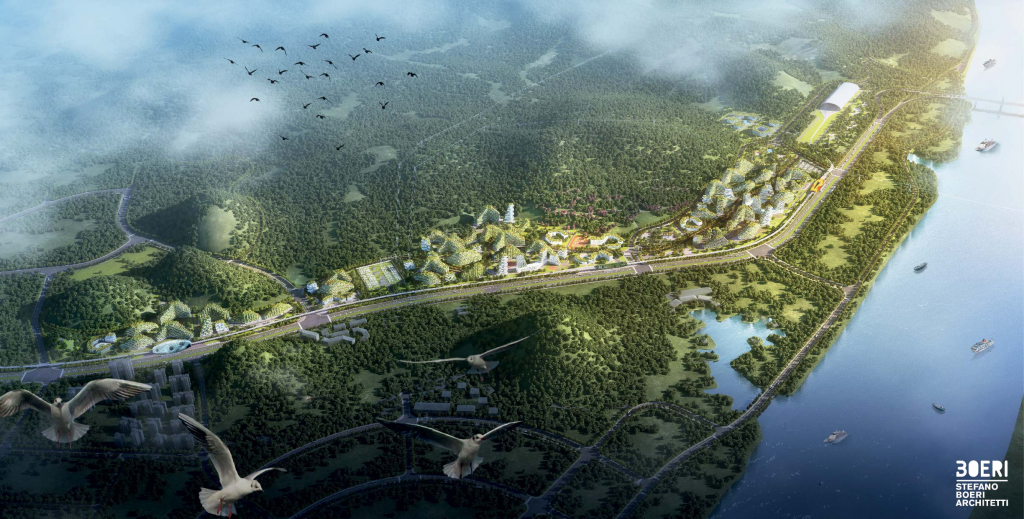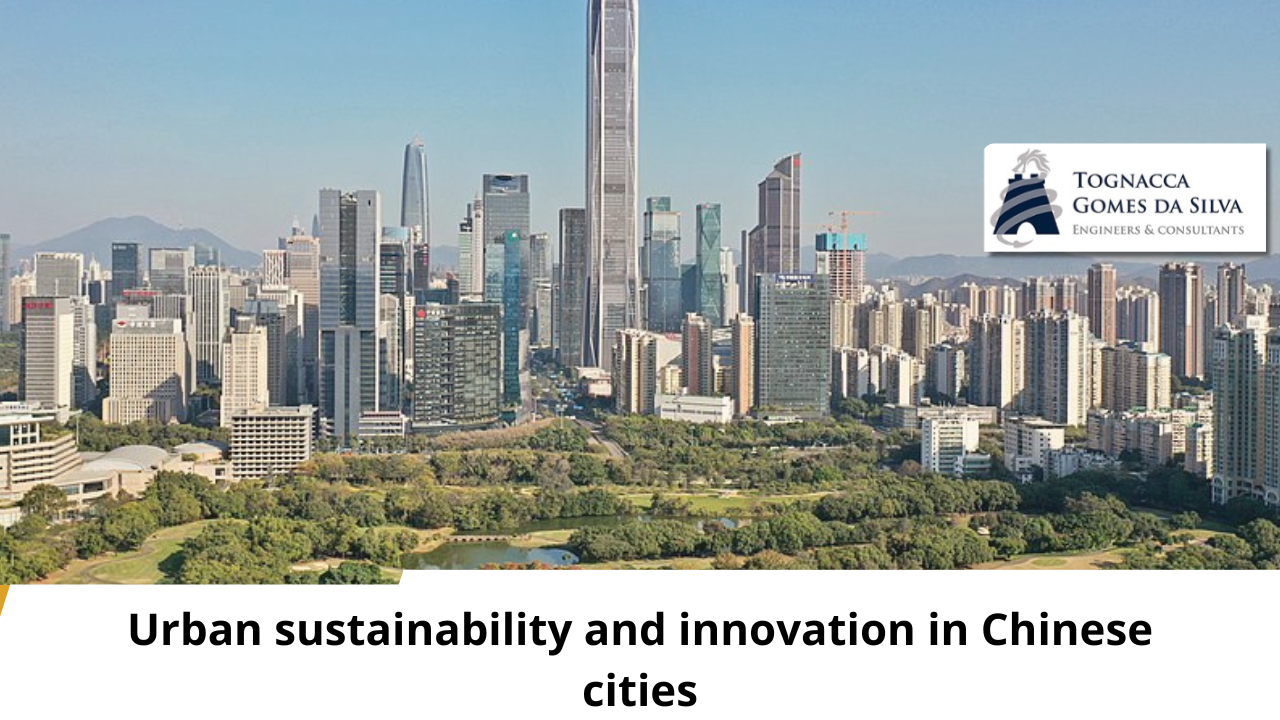China is leading an impressive advance in urban sustainability, transforming its metropolises into global examples of efficiency and ecological innovation.
The forefront of Chinese sustainability
China has been the scene of an unprecedented experiment in sustainable urbanization. For example, with Shenzhen, a metropolis of 13 million inhabitants, leading the way.
As of 2010, the Chinese government chose the city as one of the locations to encourage the adoption of low-carbon technologies. Thus, these technologies range from industry to civil construction and energy consumption. Furthermore, this initiative resulted in robust GDP growth and a significant reduction in polluting gas emissions. It looks like this city came out of a science fiction movie.

Shenzhen: urban sustainability and innovation
Shenzhen has not only prospered economically but also drastically improved the quality of life of its inhabitants. Examples of this transformation include the regeneration of the Dasha River. The river has undergone a revitalization process and now serves as a natural park for recreational activities. Furthermore, the city was also a pioneer in China by completely restoring its waterways and building an extensive sewer network that diverts rainwater. This contributes to the significant improvement of local water and air quality.
The impact of these changes has extended beyond Shenzhen to other cities such as Hangzhou and Ningbo, which are now recognized for their green technologies. The Chinese government has raised requirements, mandating that 50% of new buildings be certified as sustainable and that public buildings meet strict green building standards.
Buildings that breathe
In addition to traditional urban policies, China is innovating with bold projects like the “Forest City” in Shijiazhuang. This project involves buildings that are literally covered in plants, with the aim of neutralizing the carbon emissions of their residents. In Nanjing, vertical forest buildings promise to capture tons of carbon dioxide annually, demonstrating a new path for urban development.
Liuzhou Forest City: China’s first forest city
The Liuzhou city project, located in southern China, is an example of how the country is preparing for a monumental advance in sustainable urbanism. The plan is to build a residential “forest town” in northern Liuzhou, in a mountainous area of the Guangxi region. This project will include offices, houses, hotels, hospitals and schools, all covered by a vast amount of plants and trees. Once completed, the city will be able to house 30,000 people and will have the capacity to absorb almost 10,000 tons of CO2 and 57 tons of pollutants per year, the equivalent of removing 2,100 cars from the streets.

This project is not just an architectural innovation. But also a significant example of how sustainability can be integrated into urban expansion. Liuzhou Forest City will be energy self-sufficient, using geothermal sources for internal cooling and solar panels for lighting. In addition to improving air quality, the abundance of green areas will help reduce average air temperatures, create acoustic barriers and increase local biodiversity, providing habitats for birds, insects and other small animals.

China’s journey toward urban sustainability not only redefines the country’s economic growth but also serves as a global model. With more and more ambitious projects underway, the Asian nation is at the forefront of sustainability innovation, promising a greener future for generations to come.
( fonte: bruna oliveira/digital agro )



